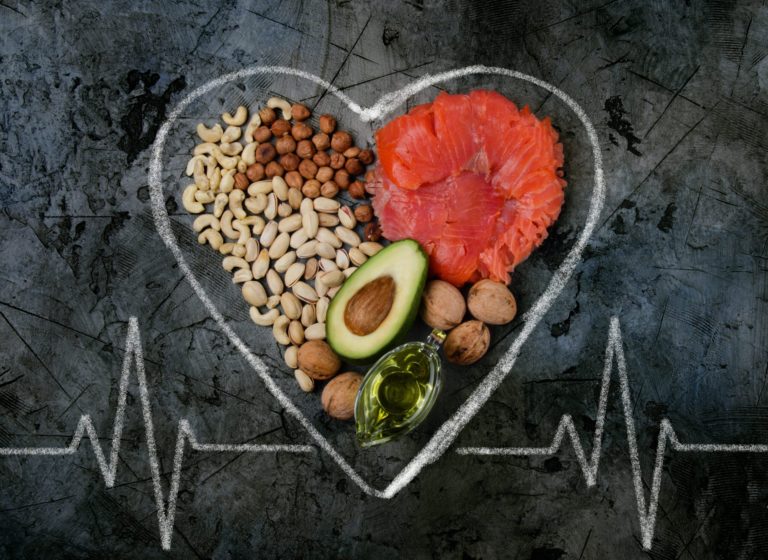The hormone cholecystokinin (CCK for short) is involved in creating the feeling of satiety in the brain. It causes a meal to end when sufficient nutrients have been delivered.
Bulimia patients often have lower concentrations of CCK. The satiety effect does not occur with a meal as it should. Suddenly, eating without limit is possible and a binge can occur. Whether the disturbed regulation results from eating attacks or, conversely, causes the attacks in the first place is unclear. The typical chicken-and-egg problem. It is definitely possible to restore balanced regulation with enough patience and the right diet.
Action Step: Every meal should contain fiber, high-quality fats, a good source of protein, and at least a few grams of carbohydrates from vegetables or fruit. Even if junk food and sweets are usually the focus of an eating attack, it is still worthwhile to “throw in” some protein in addition. And be it only a halfway high-quality protein bar. Add a few nuts and if possible an apple. With this, you have a good chance that the binge eating will be a little smaller bit by bit.









